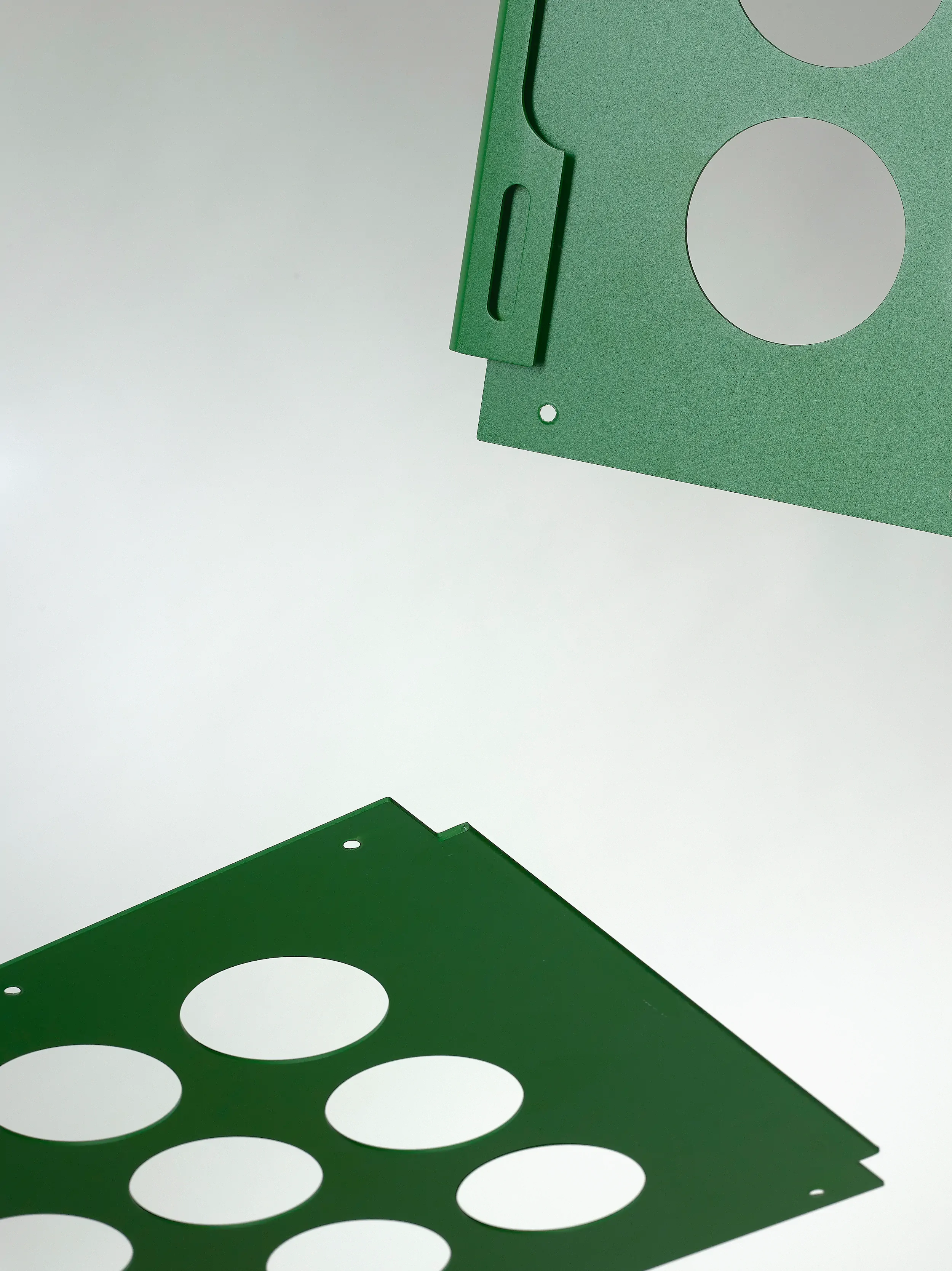





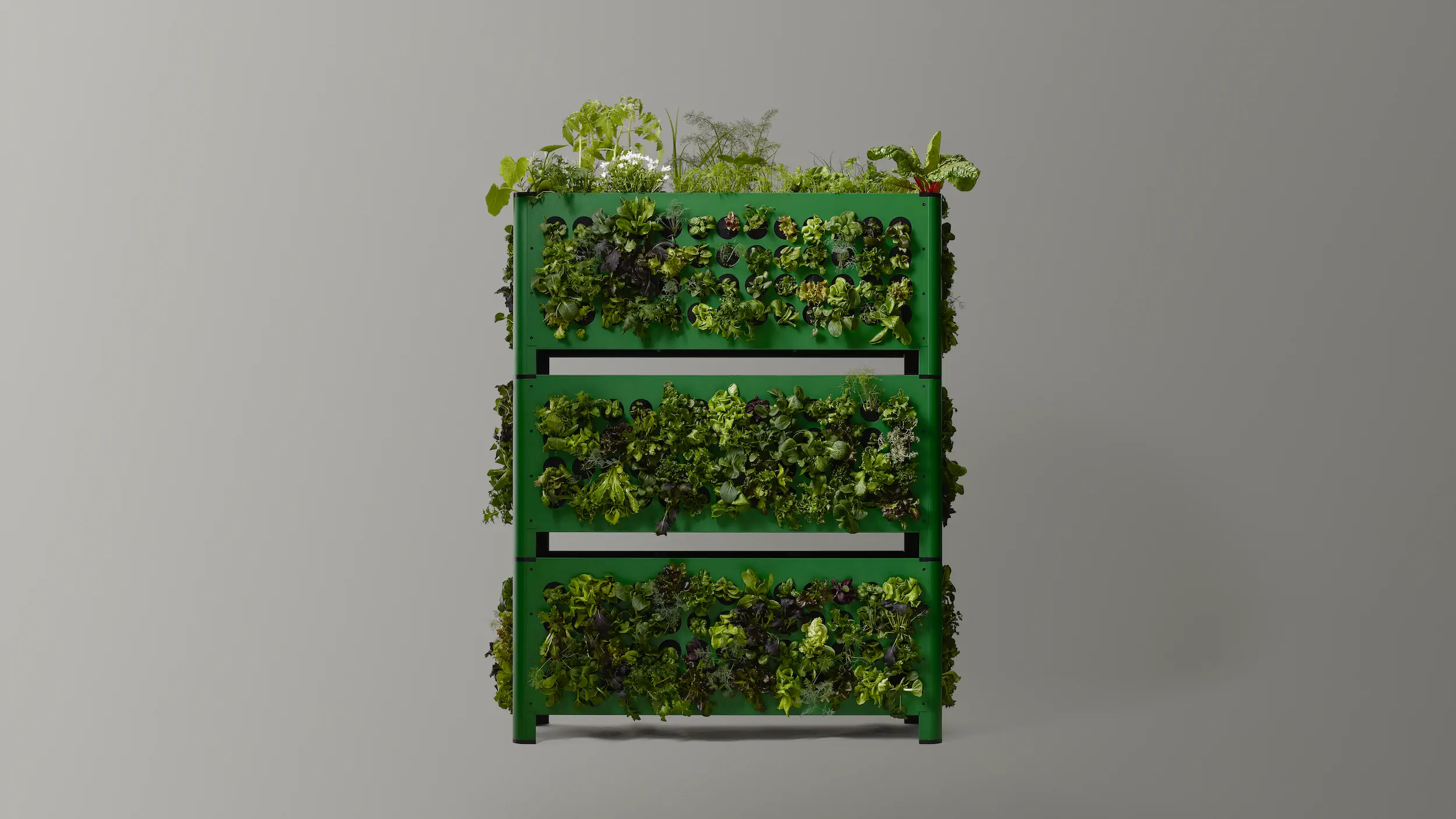
Fodavita approached Beta with a clear mission: make growing food at home more accessible, by bringing home-grown produce to balconies, patios, and small urban spaces, without compromising on style or usability. The product needed to be compact, efficient, and intuitive, a vertical planter that doesn’t feel like gardening gear, but more like outdoor furniture. Beyond just the planter, Homefarm is a full ecosystem: subscription grow packs, seasonal plants delivered to your door, and an app to guide users through planting, care, and harvest.
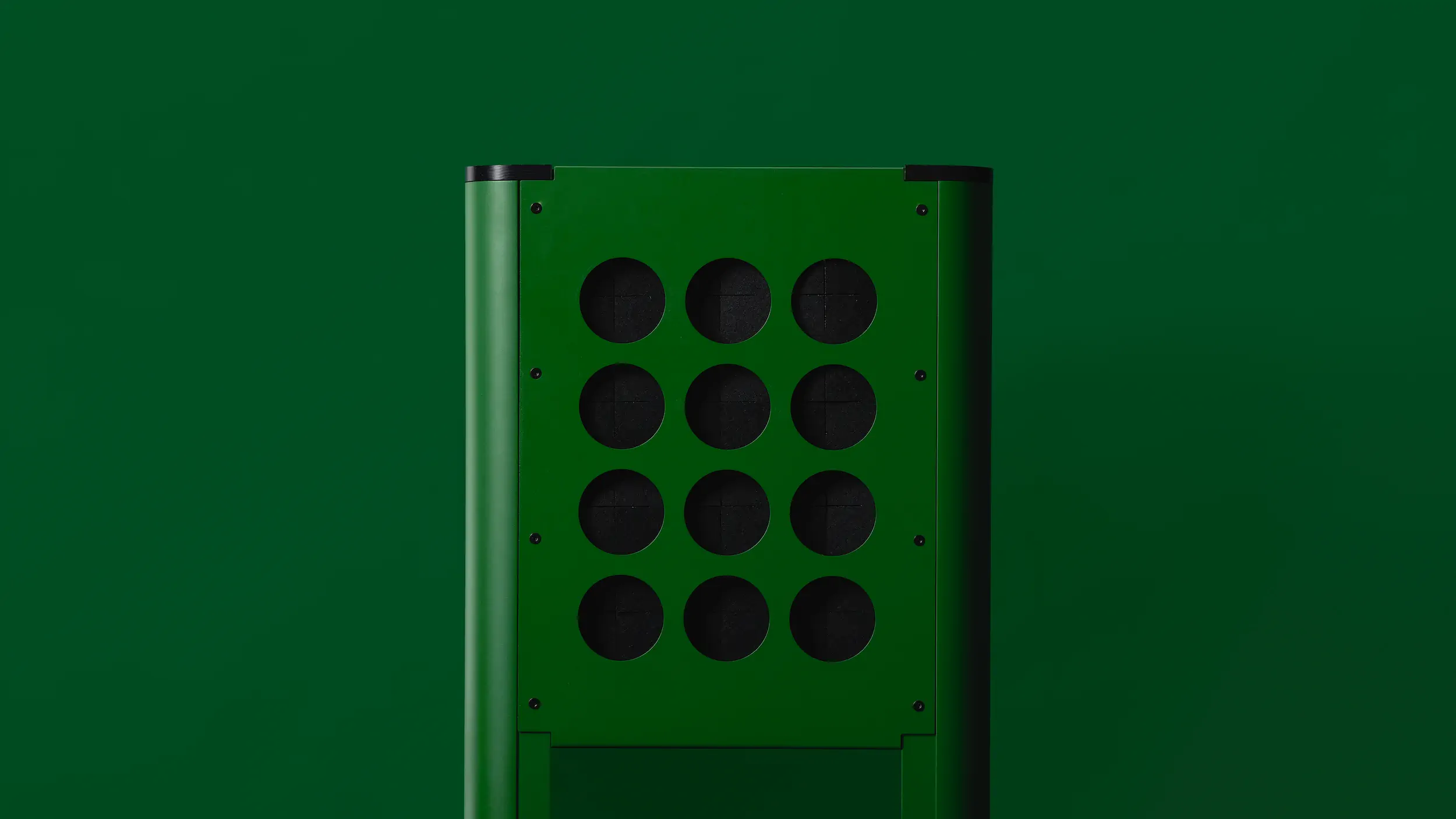
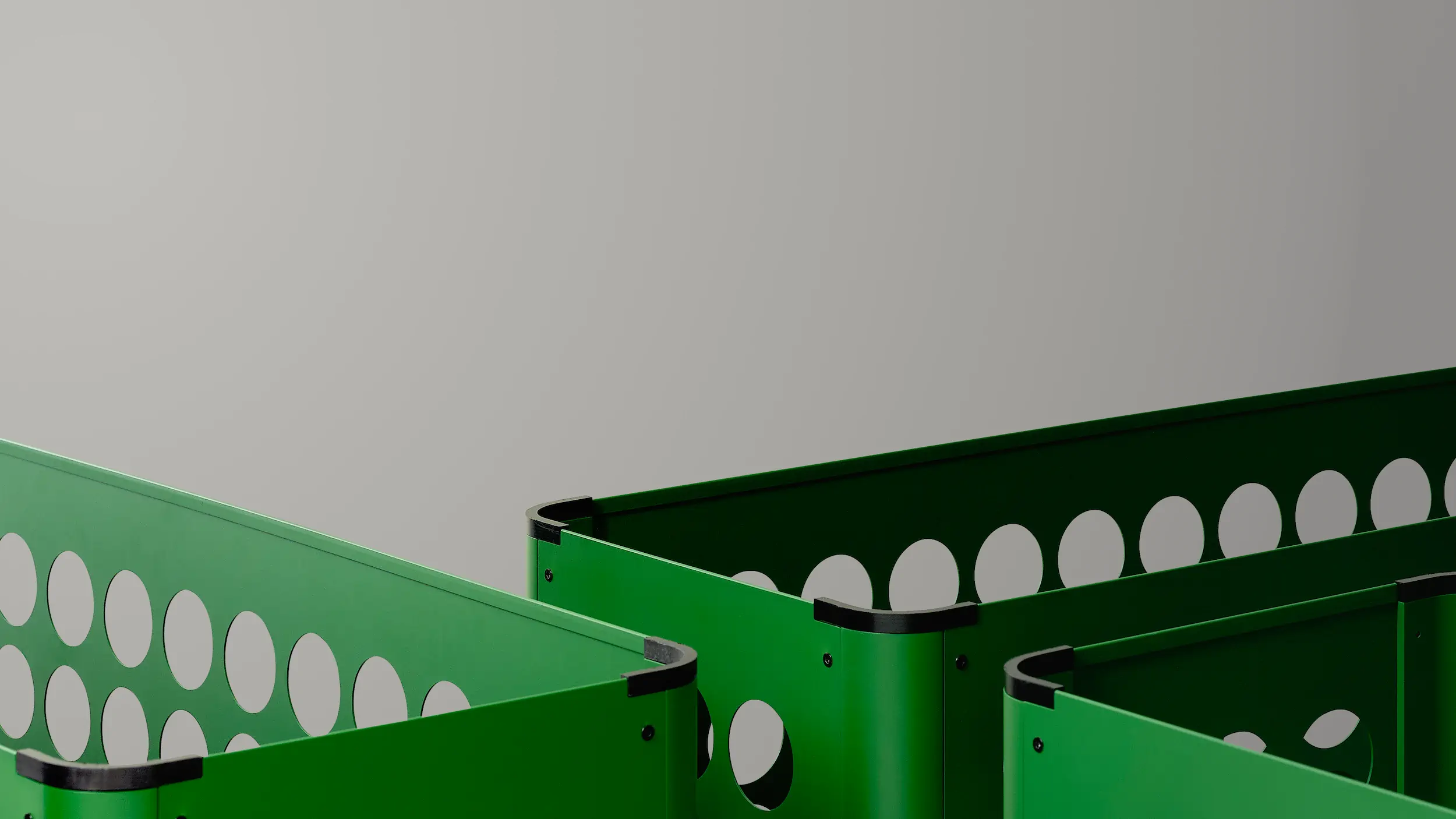
We began by exploring how to make a vertical planter feel natural, elegant, and modular. Early mock-ups from sheet aluminium and extruded tubing helped us test assembly methods, proportions, and structural behaviour. We experimented with hole patterns and slot layouts to ensure each face could grow plants, not just the top surface. Those geometry trials gave us the building blocks for yield-maximising layouts in compact footprints.ensuring the product was ready for production.

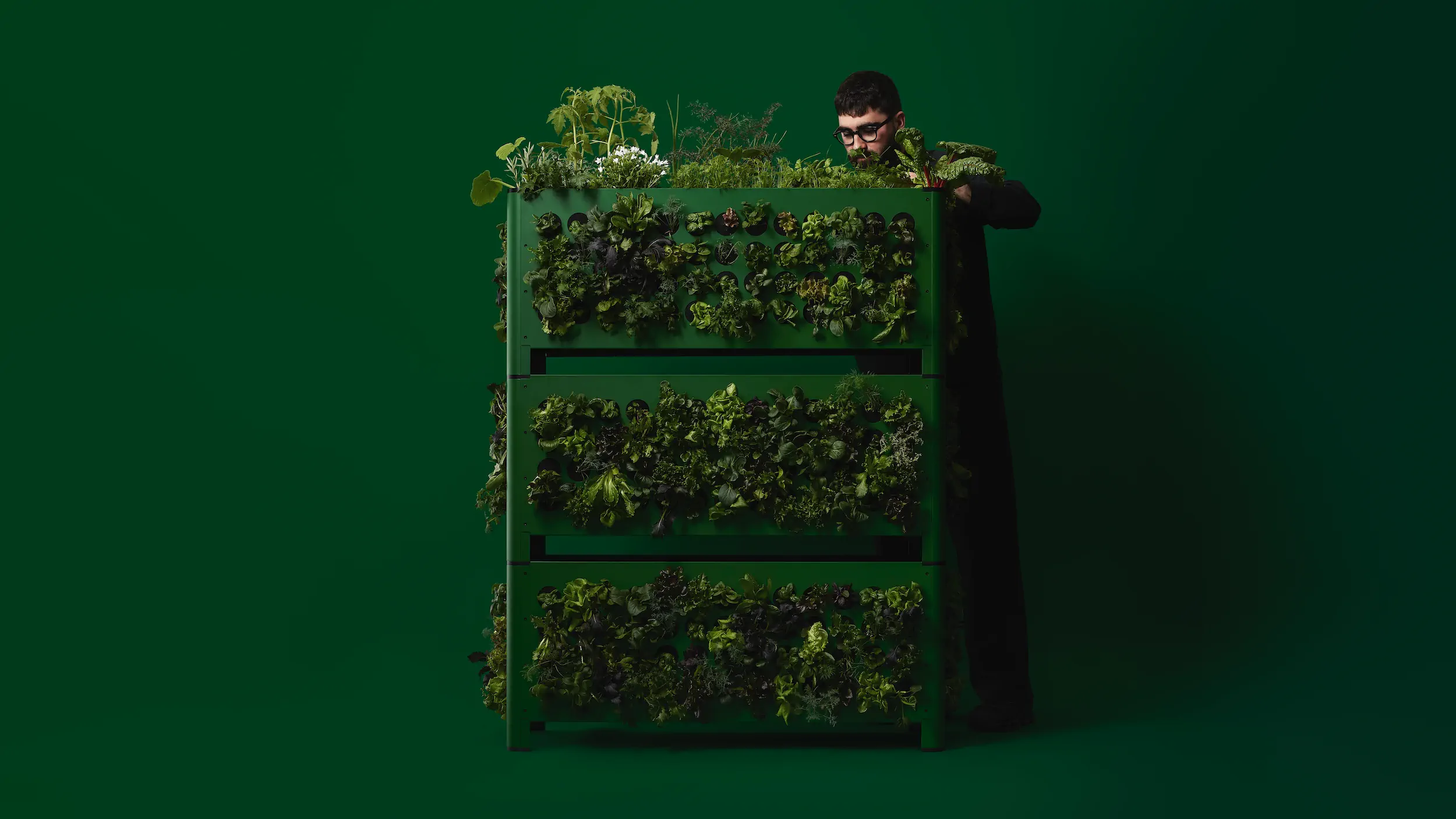
We refined every interaction: how modules slot together, how water drains, how users load soil and plants. We iterated on user flows, from receiving grow packs, to updating via the app, to harvesting, ensuring the physical product and digital system felt deeply connected. Each prototype round taught us how far to push minimalism while keeping the product robust, modular, and delightful.
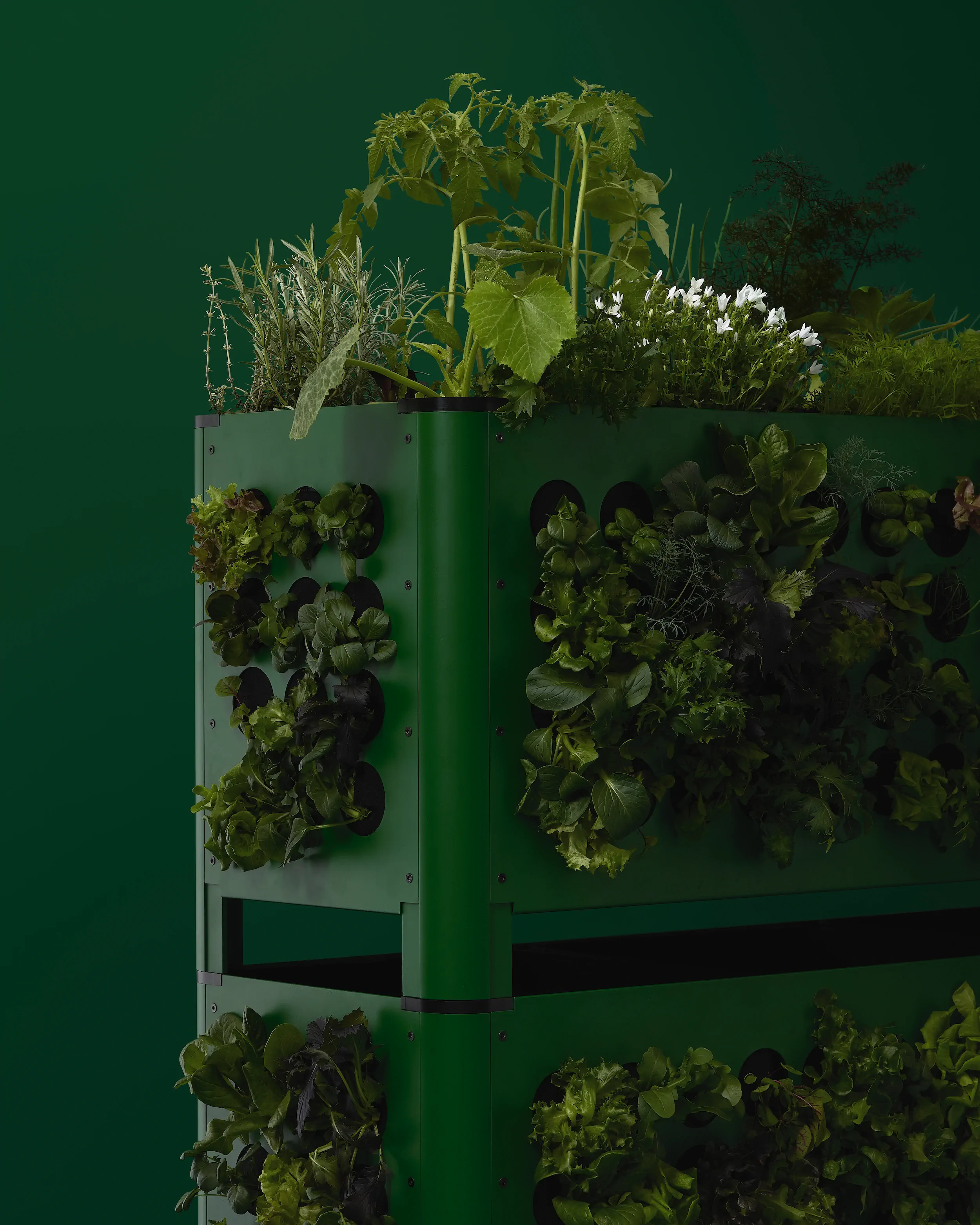
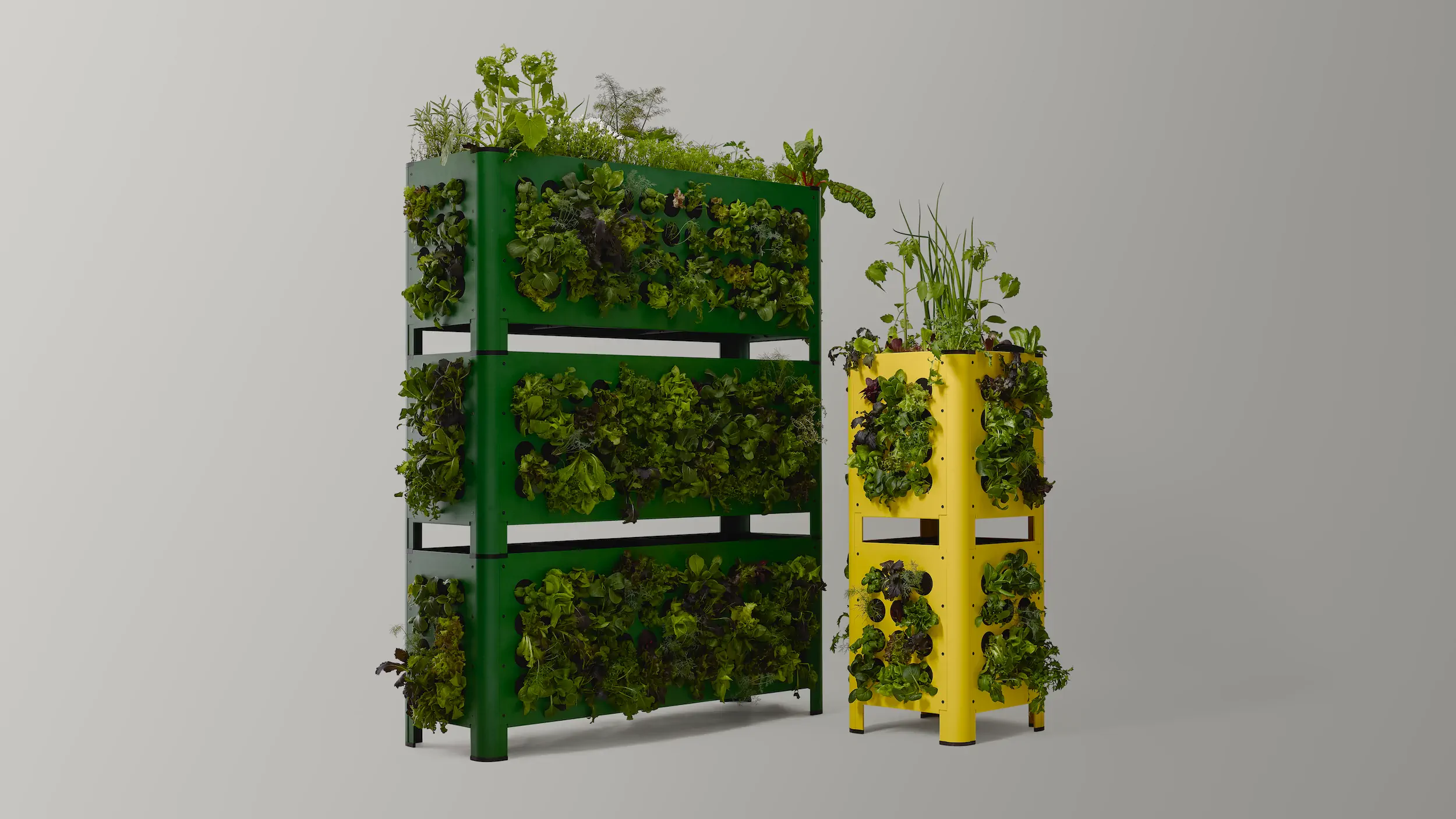
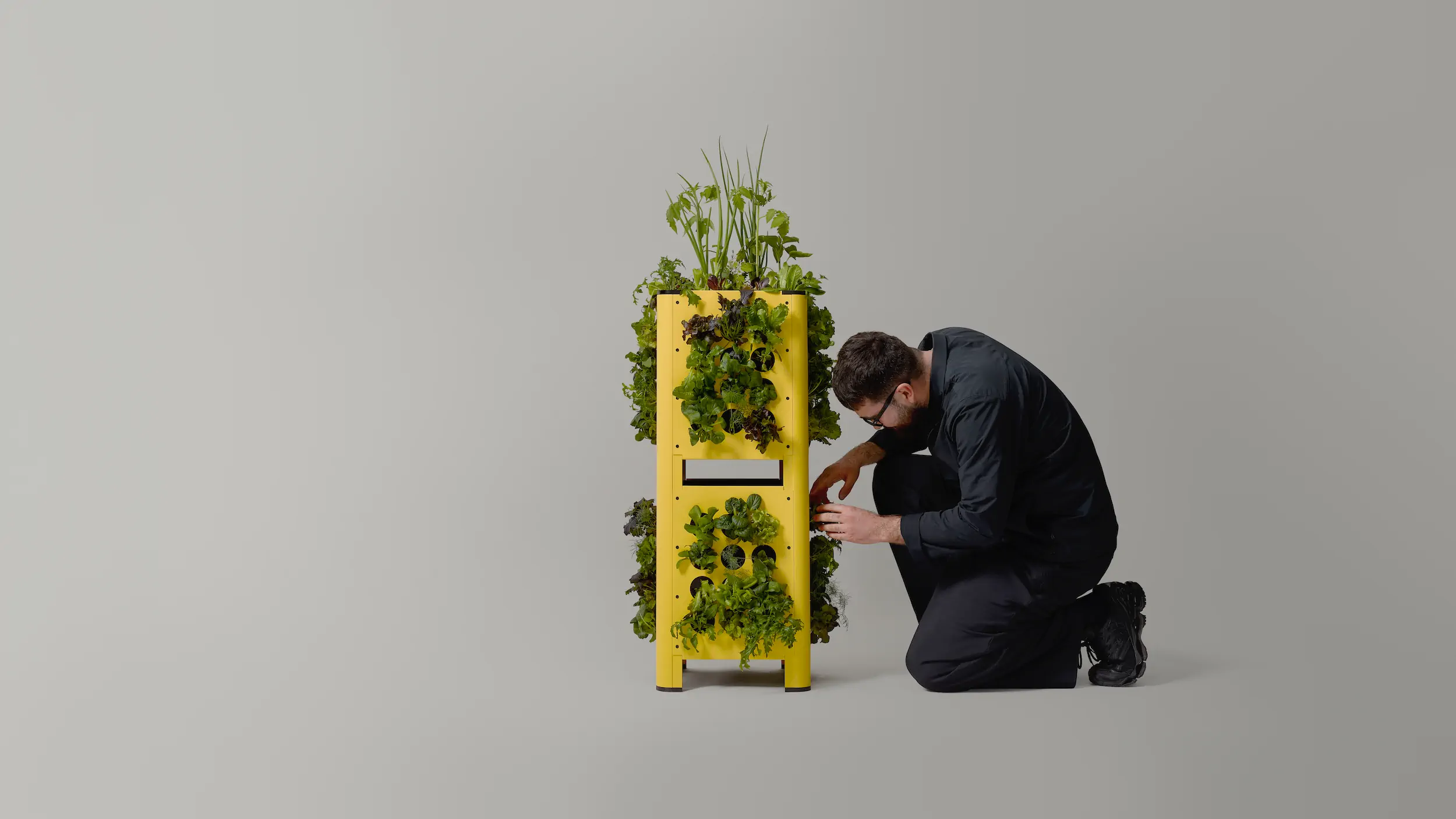
The finished Homefarm planter is clean, bold, and effortlessly modern. Powder-coated aluminium in green or sunny yellow gives it a furniture-like finish, so it belongs on your balcony as much as your living room. The modular format lets you scale vertically or horizontally, allowing for maximum yield from a small footprint, creating up to 500% additional surface area to plant crops, whilst also creating a feature within any home.
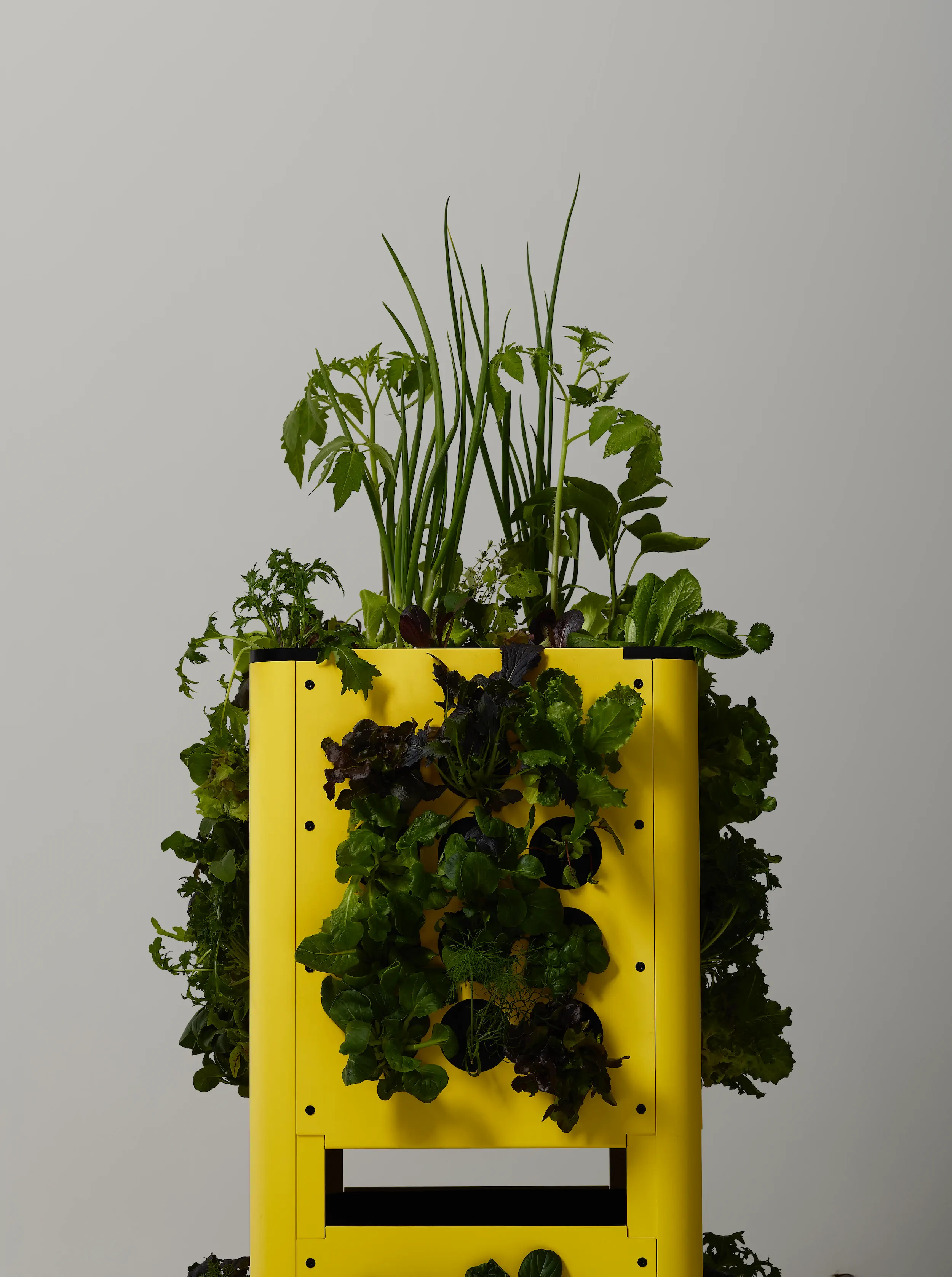
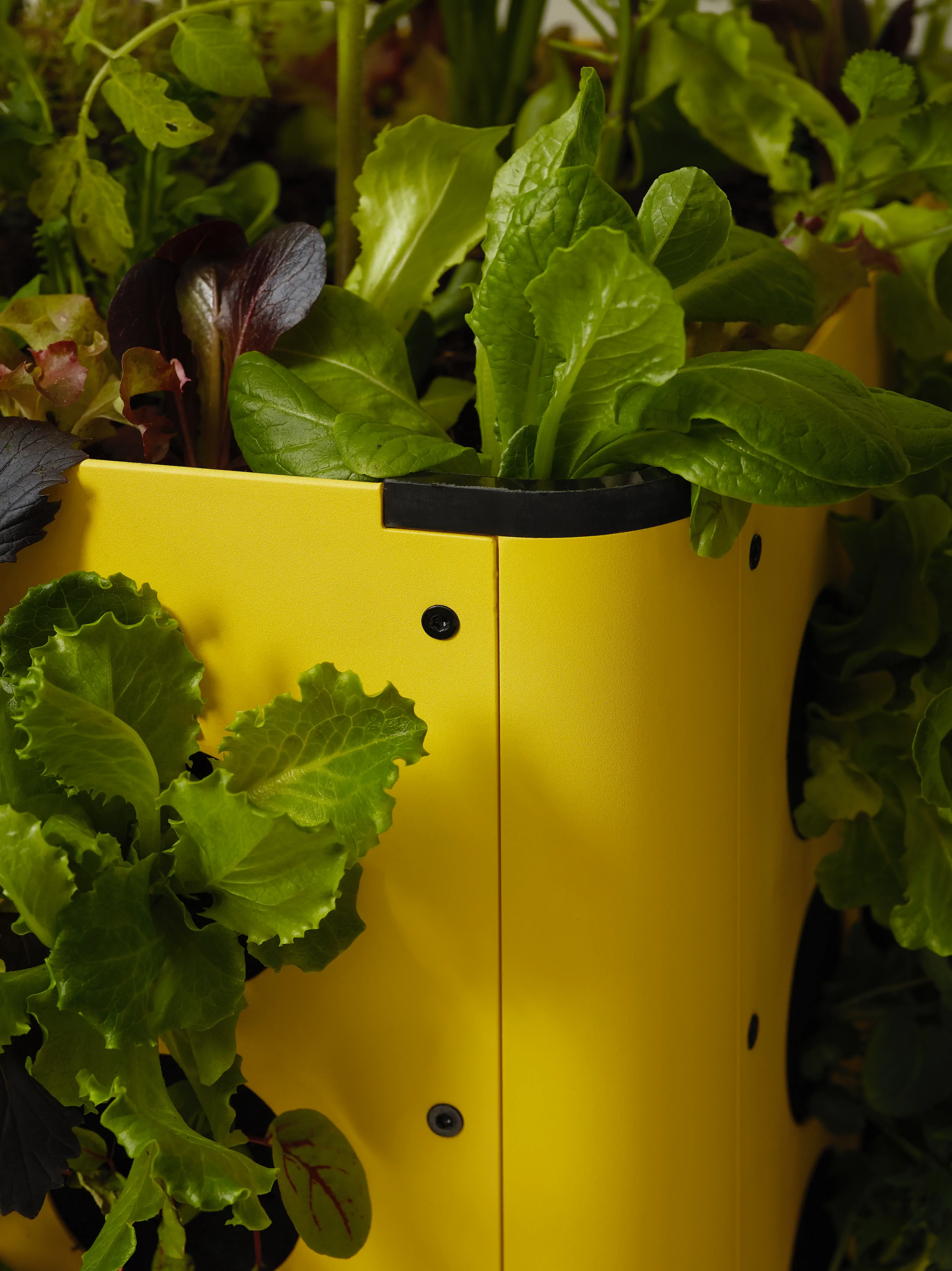
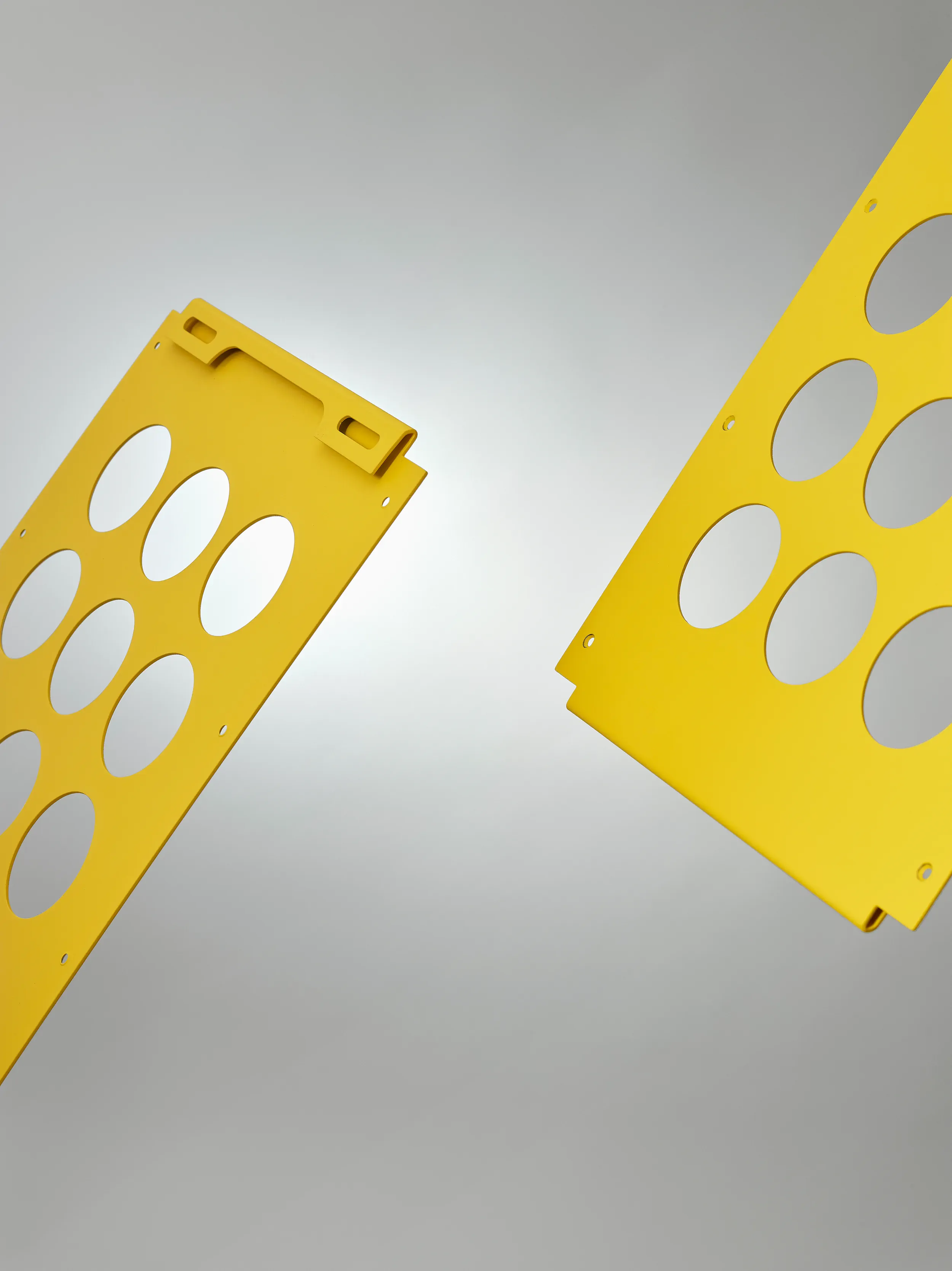
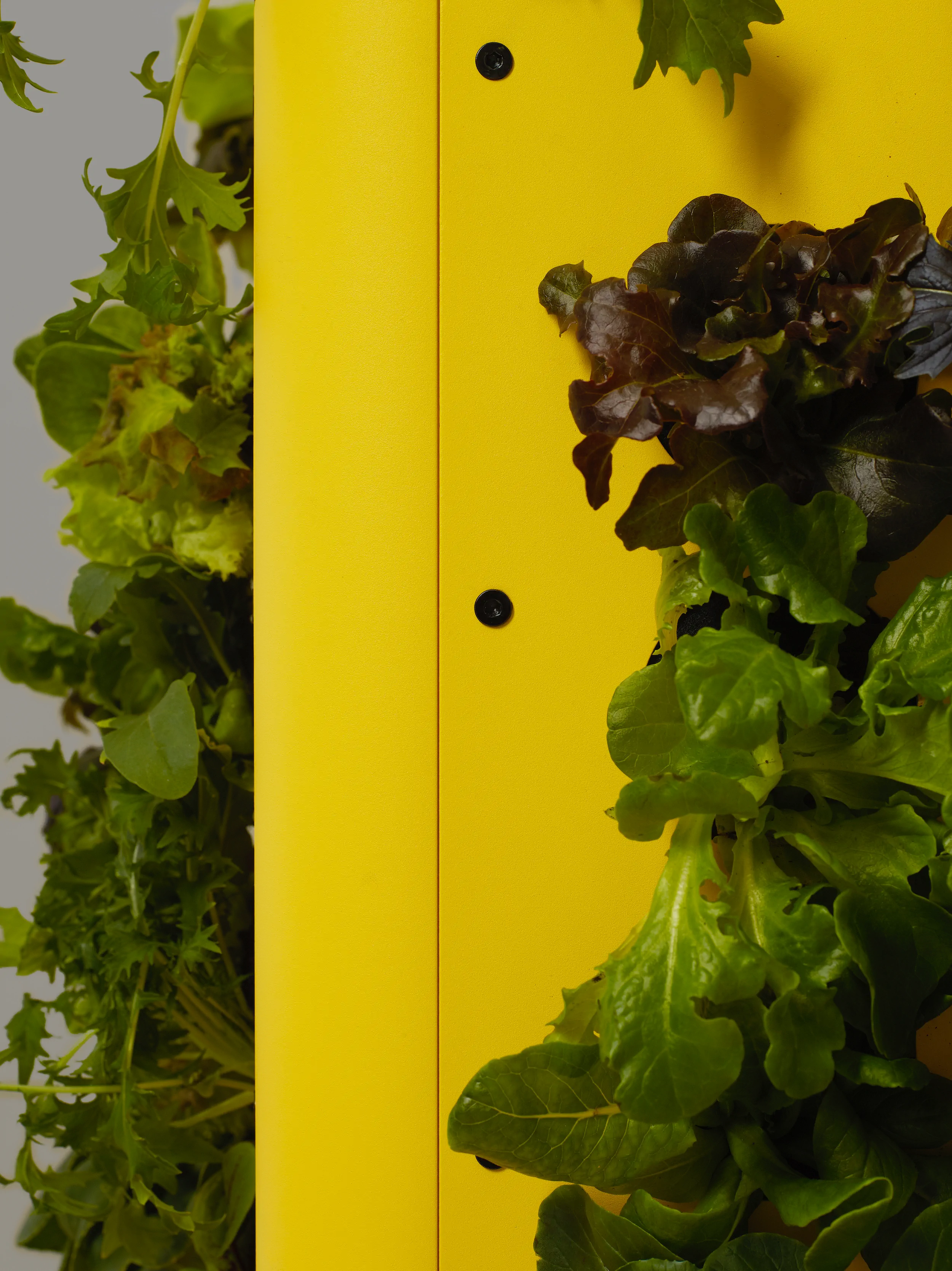
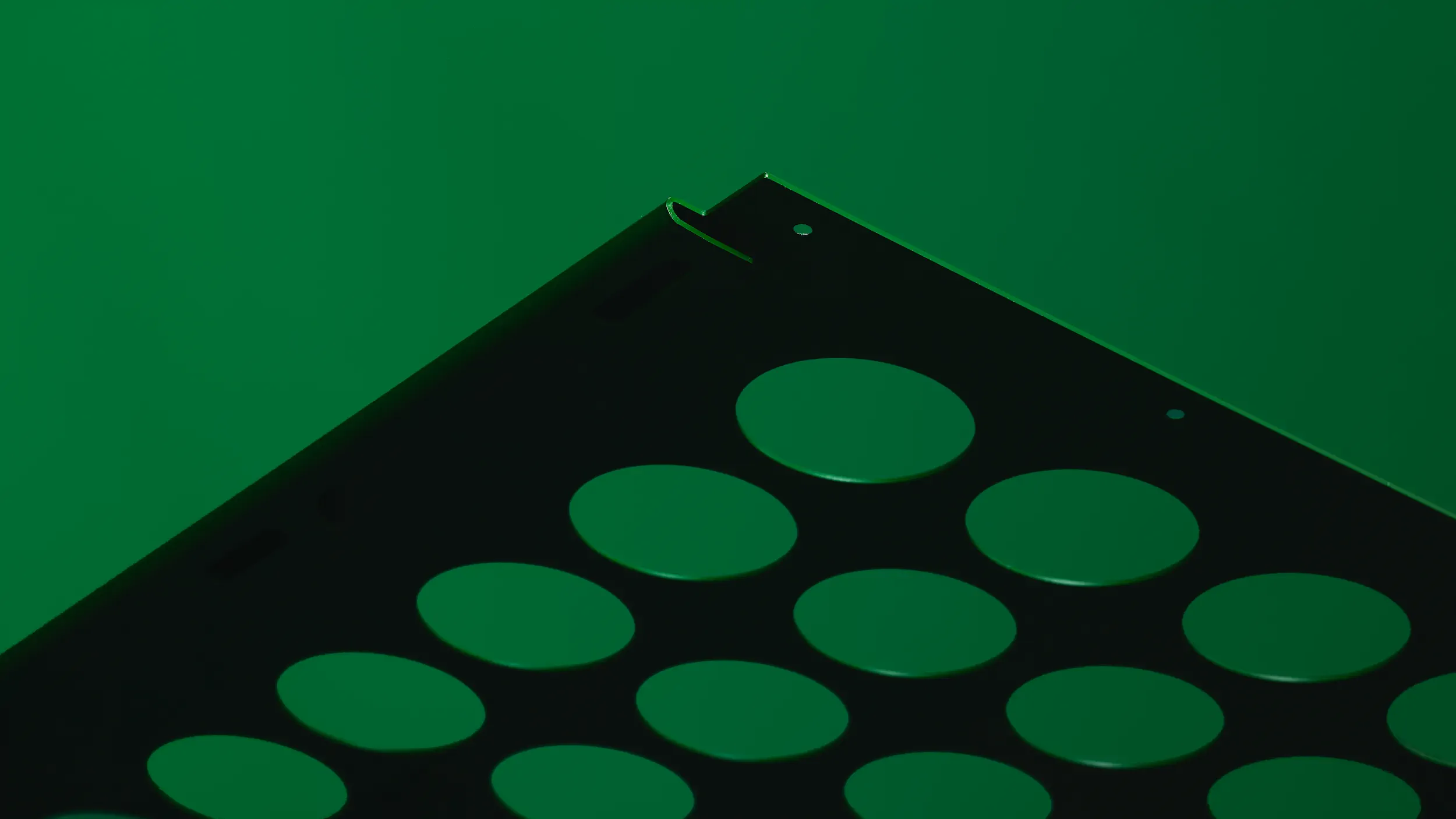
But Homefarm is more than a planter it’s a home-growing system. The subscription model delivers seasonal grow packs, while the companion app provides planting tips, reminders, and feedback. Together they turn urban space into fresh food space a way for users to reconnect with their food, eat healthier, and grow sustainably.
